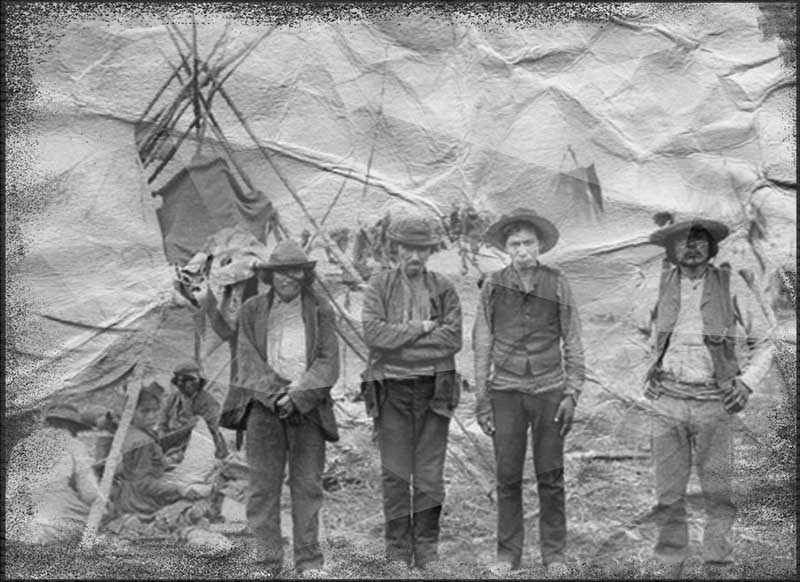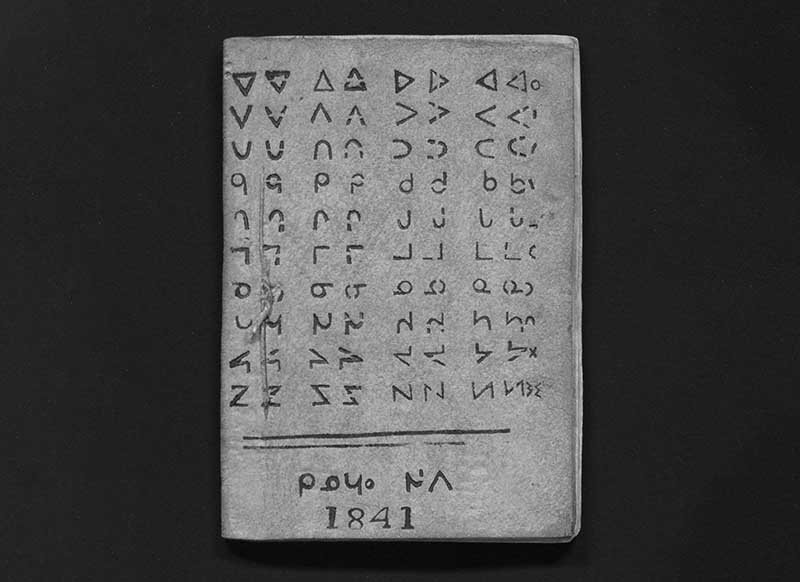
Cree Language and Communication
As everyone knows, Canada has two official languages: English and French. But it is clear that Canadians speak other languages too. And now we are not talking about immigrants from European, Arab and other countries of the world, but about local residents: the indigenous peoples of the northern part of North America.
After reading this guide to the end, you will learn everything about Cree syllabics, language and culture of communication.
Cree Languages
In fact, the Cree language is not so much a separate one as a collection of several similar dialects that have phonetic and other differences. Often the Cree dialect continuum is classified into two languages: Cree and Montagnier.
The Cree culture and language have enriched the modern vocabulary of Canadian and American terms. Many geographical names in Canada came from the languages of local tribes and peoples. For example, the Mississippi, translated into a dialect of native languages, means “big river.”
Some Cree Language Stats
According to Statistics Canada 2016 data, about 96,576 people spoke Cree languages. The most common dialects were Forest Cree, Plains Cree, Marsh Cree, Southeast Cree and Northeast Cree. The popularity of the language is growing. Today, about 117,000 people speak Cree.
Along with languages such as Inuktitut and Ojibwe, Cree is one of the most widely spoken languages of the indigenous tribes and peoples of Canada. In terms of individual provinces, the largest number of Cree-speaking Canadians live in Saskatchewan, at about 27.8%. Alberta follows with 24%. In third place is the province of Manitoba with 21.6%. In fourth place is Quebec with 18% of Cree-speaking people.
The Métis Michif language is also a Cree dialect. According to 2016 data, 1,170 Canadians speak the language.

About Writing
For many years, no writing was in the Cree tribe. The first missionaries from European countries wrote down the sounds they heard in Latin.
In the first half of the 19th century, the linguist James Evans developed the so-called Cree syllabics system. Its essence is that a simple geometric figure corresponds to one syllable. The shape itself indicates a consonant sound, and the rotation or direction (right/left/up/down) indicates a vowel sound.
However, Evans then missed the alphabetical order. Therefore, in those Cree dictionaries that exist today (there are not so many of them), words are not given in alphabetical order but by topic: geographical names, numbers, animals, natural phenomena, etc.

Table of Cree Syllabics
Below is a table with common syllabics of Plains Cree.

About Grammar
The Cree languages are polysynthetic in nature. In addition, verbs are characterized by a complex morphological structure. That is, it expresses many grammatical categories.
A single Cree word can be very long yet express a concept that in many other languages requires the use of multiple words. For example, “he always dances like this” in the Plains Cree language means ki-isi-nanīmihitow. But the usual and short word “school” is translated as kiskinohamātowikamik.
Also, one of the significant differences is that Cree nouns do not change depending on gender and case.
Official Status of the Cree Languages
Depending on the region of Canada, the Cree language has a certain legal and social status. For example, this language is one of the seven official ones in the Northwest Territories of the country. However, in fact, a small number of residents of these territories speak Cree.
The situation is very different. Thus, in many parts of Canada, Cree is taught in local schools and is the living language spoken by the majority of the community. At the same time, in other regions, the use of this language has declined significantly in recent times.
#SpeakCree Movement
Like other ancient small peoples, native speakers try to preserve their ancestors’ Cree language and culture. Thus, the representatives of the Nehiyawak people take all measures to protect their heritage, sharing their language and all its nuances with children and grandchildren.
Cree native speakers promote the use of the language by teaching it in institutions and municipalities. Cree courses can also be found on the Internet and on popular social networks.
